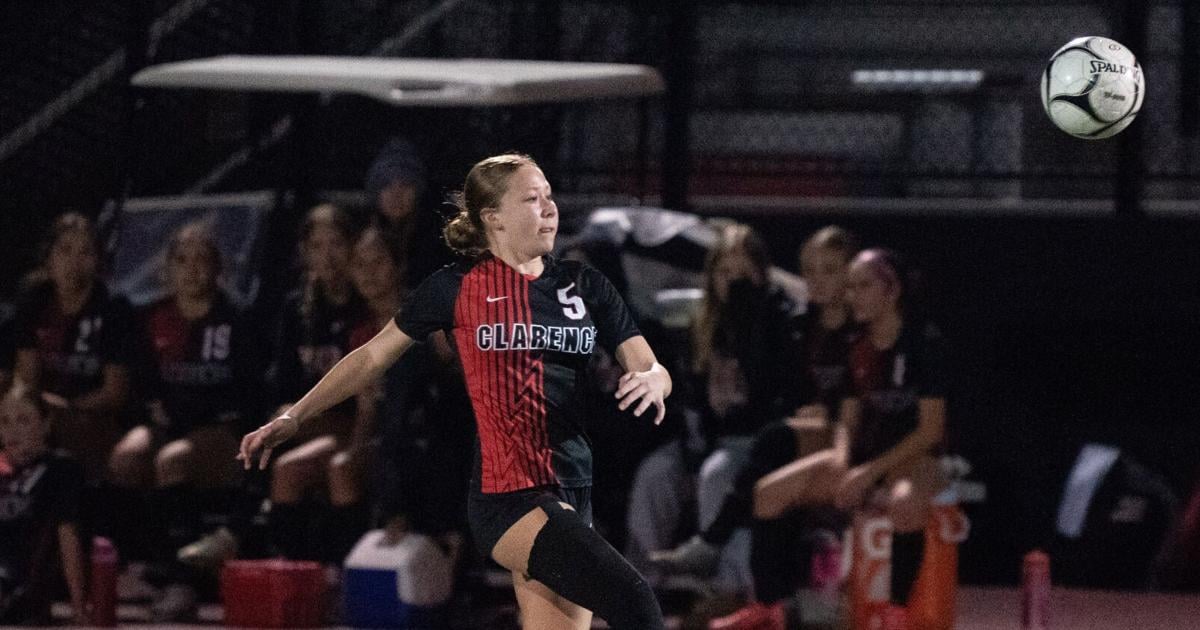The Competitive Spirit of Western New York High School Athletics
As autumn leaves begin to turn and the crisp fall air settles over Western New York, the region’s high school athletic programs are hitting their stride in what many consider the most competitive season of the year. The September 30 coaches’ polls for cross country, field hockey, soccer, and volleyball reveal not just current standings, but tell a deeper story about athletic excellence, community pride, and the evolving landscape of scholastic sports in one of New York’s most athletically rich regions.
The weekly rankings, compiled through Sunday’s games and voted on by coaches throughout the region, serve as both a barometer of current performance and a predictor of postseason potential. But beyond the numbers lies a complex ecosystem of student-athlete development, coaching expertise, and community investment that makes Western New York a hotbed for high school sports excellence.
Cross Country: The Foundation of Fall Athletics
Cross country running, often considered the purest of high school sports, showcases the depth of talent across Western New York’s diverse school districts. The girls’ large school division sees Lancaster leading the pack, followed closely by Starpoint and Williamsville East. This hierarchy reflects not just current season performance, but years of program building and community support.
Large School Dynamics
Lancaster’s top position in the large school girls’ division represents the culmination of a sustained commitment to distance running excellence. The program’s success can be attributed to several factors: consistent coaching philosophy, strong youth feeder programs, and a community culture that values endurance sports. Starpoint’s second-place ranking is particularly impressive given their smaller enrollment compared to some larger suburban districts, demonstrating that effective coaching and athlete development can level the playing field.
The Williamsville district’s strong showing, with both East and North ranking in the top five, illustrates how a district-wide commitment to athletics can create multiple centers of excellence. Orchard Park and Clarence round out the top rankings, representing the competitive depth that makes Western New York cross country among the state’s most challenging regions.
Small School Excellence
In smaller school divisions, programs often face unique challenges including limited roster sizes and fewer resources. However, these constraints can also foster tight-knit team cultures and innovative training approaches that sometimes produce outsized results. The small school rankings reveal programs that have maximized their potential through creative coaching and unwavering dedication.
Field Hockey: A Sport of Precision and Tradition
Field hockey represents one of the most technically demanding sports in the high school athletic calendar. The sport requires a unique combination of individual skill, tactical awareness, and team coordination that takes years to develop. Western New York’s field hockey programs have historically been among the state’s strongest, benefiting from experienced coaching staffs and a tradition of excellence that spans generations.
The current rankings reflect not just seasonal success, but the culmination of off-season training, summer camps, and year-round skill development. Top-ranked programs typically feature seniors who have been in the system for four years, developing both technical proficiency and leadership skills that translate to on-field success.
Soccer: The Global Game’s Local Impact
Soccer’s growth in Western New York mirrors national trends, with increasing participation rates and rising skill levels across both boys’ and girls’ programs. The sport’s accessibility and year-round nature have made it increasingly popular among diverse student populations, creating a competitive environment that pushes all programs to higher standards.
Boys’ Soccer Evolution
Boys’ soccer rankings often reflect the influence of club soccer and off-season training opportunities. Programs that have embraced modern training methods and tactical sophistication tend to rise in the rankings, while traditional powerhouses must adapt to maintain their competitive edge. The current standings likely represent a mix of established programs and emerging challengers that have invested heavily in player development.
Girls’ Soccer Growth
The expansion of girls’ soccer opportunities at the youth level has created unprecedented depth in high school programs. Title IX’s long-term impact is evident in the quality and competitiveness of girls’ soccer throughout Western New York, with many programs now matching or exceeding their boys’ counterparts in terms of technical skill and tactical sophistication.
Volleyball: Team Chemistry in Action
Volleyball’s unique scoring system and emphasis on consecutive team touches make it perhaps the most collaborative of high school sports. Success requires not just individual athletic ability, but seamless team coordination and communication. The current rankings reflect programs that have successfully developed this chemistry while maintaining the individual skills necessary to compete at the highest levels.
Western New York volleyball has benefited from strong club programs and off-season development opportunities that allow players to refine their skills year-round. The best high school programs typically feature players who compete at high levels outside of school season, bringing advanced skills and competitive experience to their scholastic teams.
The Broader Impact of Athletic Excellence
These rankings represent more than just athletic achievement; they reflect communities that have made substantial investments in facilities, coaching, and student-athlete support. Successful programs often serve as sources of community pride and school spirit, creating positive feedback loops that encourage continued investment and participation.
The academic benefits of athletic participation are well-documented, with student-athletes typically demonstrating higher graduation rates, better time management skills, and increased college enrollment. Western New York’s strong athletic programs contribute to these positive outcomes while providing pathways to higher education through athletic scholarships and recruitment opportunities.
Looking Ahead: Postseason Implications
As the regular season progresses toward sectional championships and state tournament play, these early rankings provide important context for postseason seeding and expectations. Programs that maintain high rankings through October typically enter the playoffs with confidence and momentum, while those looking to break through face the challenge of peak performance when it matters most.
The depth of competition revealed in these rankings suggests that Western New York’s representative teams will be well-prepared for state-level competition, regardless of which programs ultimately emerge from the sectional tournaments.
Key Takeaways
- Lancaster leads girls’ cross country large schools, demonstrating sustained program excellence
- Williamsville district shows remarkable depth with multiple programs ranking highly across sports
- Small school programs continue to compete effectively despite resource limitations
- Field hockey maintains its technical excellence through experienced coaching and player development
- Soccer growth reflects national trends with increased participation and skill levels
- Volleyball success requires exceptional team chemistry and year-round skill development
- Community investment in athletics creates positive outcomes beyond sports performance
- Early season rankings provide crucial context for postseason expectations and seeding

Born and raised amidst the hustle and bustle of the Big Apple, I’ve witnessed the city’s many exciting phases. When I’m not exploring the city or penning down my thoughts, you can find me sipping on a cup of coffee at my favorite local café, playing chess or planning my next trip. For the last twelve years, I’ve been living in South Williamsburg with my partner Berenike.

